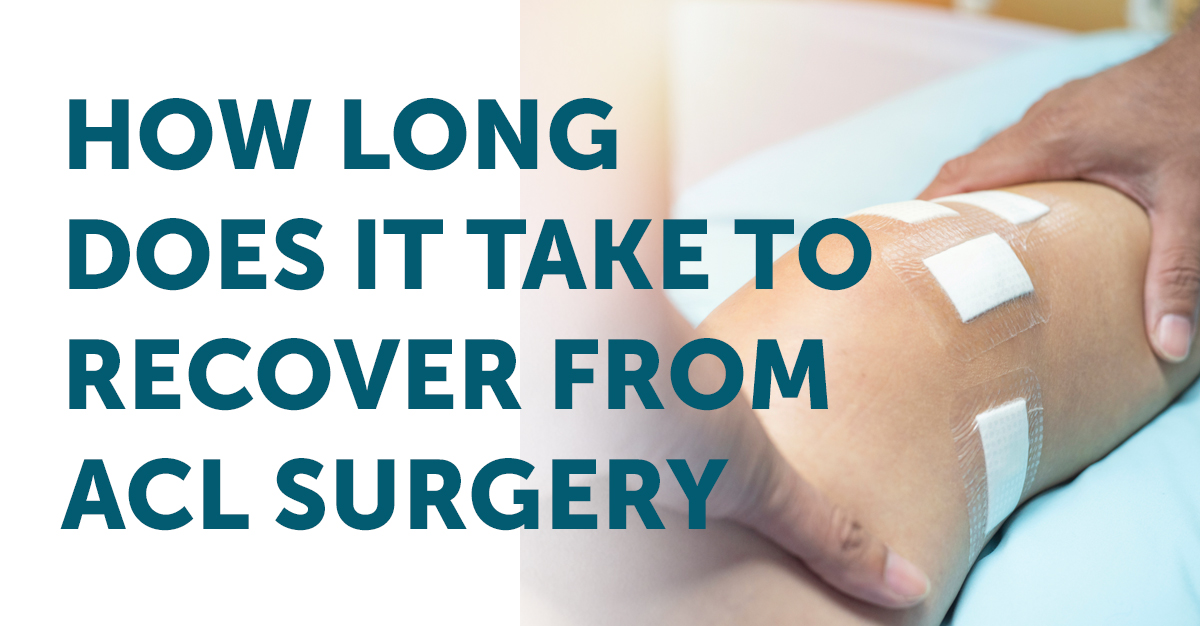

#Surgery acl full#
Many months of physiotherapy are required for full sporting activity, with most patients not returning to contact sports for 9-12 months Mobilising Light exercise can be started at two weeks under the guidance of your physiotherapist. Most patients are on crutches for up to two weeks and can return to a sedentary job after two weeks. Your recovery from ACL reconstruction can depend on multiple factors, including your age, fitness level, and the nature of your procedure. What is the recovery for ACL reconstruction? The incisions will be closed with dissolving stitches and steristrips. During surgery two more small keyhole incisions will be made, to allow accurate positioning of the graft. The graft is then passed through the knee joint, via tunnels drilled in the tibia and femur, and then secured to these bones. To take the graft, a small incision is made in the front of the knee (depending on which graft is used). They will then use tissue from another part of your body to graft the torn ACL. Your surgeon will examine the inside of your knee and determine the extent of the damage. How is ACL reconstruction performed?ĪCL reconstruction takes approximately an hour and you may be under general anaesthetic or have an epidural. If you feel that your knee is unstable and it is inhibiting your quality of life and ability to perform daily activities or sports, it could be time to consider talking to your specialist about undergoing ACL reconstruction. When should you speak to your specialist about ACL reconstruction? Undergoing ACL reconstruction helps you restore stability to the knee and should eventually allow a return to sports.

What symptoms does ACL reconstruction address? It can also occur if your leg extends too far forward or if you twist your knee and lower leg in a certain way. More)Ī torn ACL is often a sports injury.


 0 kommentar(er)
0 kommentar(er)
